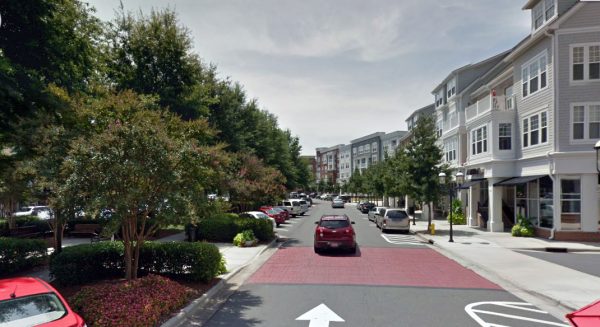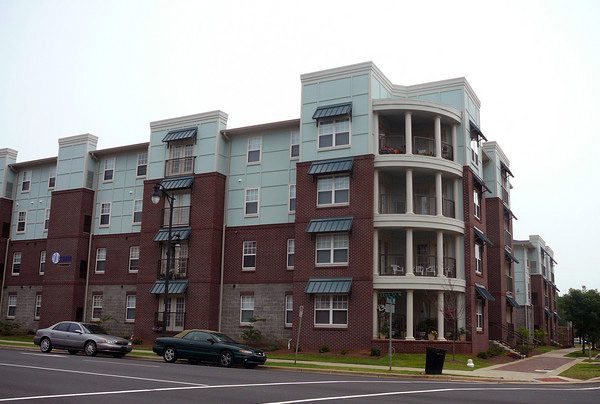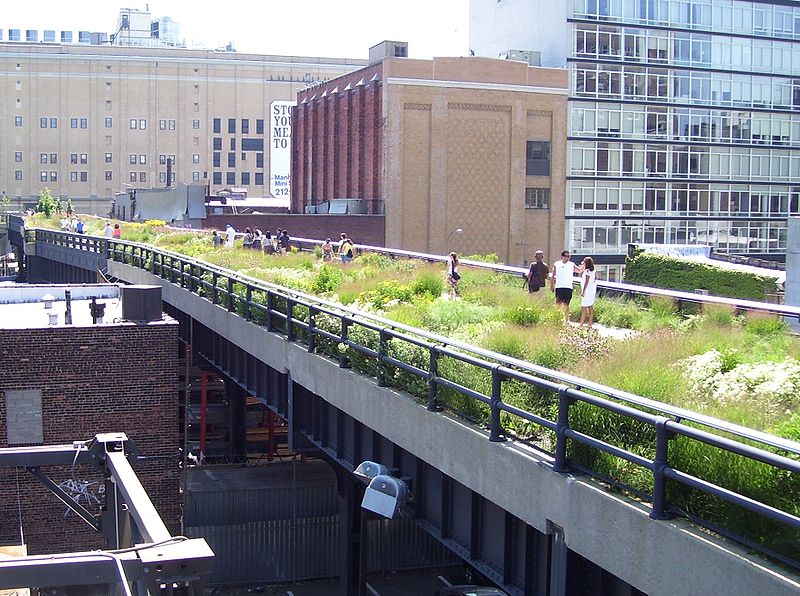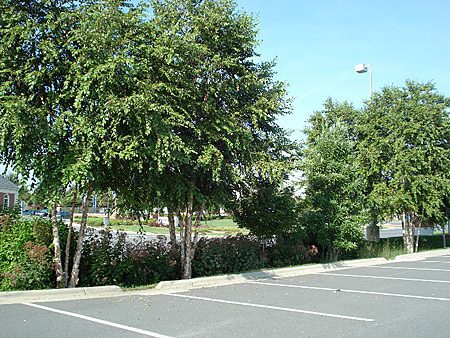(Urban)-isms. Just what are they?

It’s easy to gush about the things we love. Kids, pets, restaurants, sports – no problems there, we understand each other pretty well. (Q: What is “You can’t handle the truth!” A: Best movie line EVER! See what I mean?)
But what about our love for all things urban? Maybe it’s time to sort a few things out and get at some simple definitions.
New Urbanism, Landscape Urbanism and Eco-Urbanism
Let’s jump right in: New Urbanism vs. Landscape Urbanism. New Urbanism is not really new, and Landscape Urbanism has nothing to do with landscaping. There’s a huge debate raging about what they are, where they belong, and whose dad can beat up the other guy’s dad.
In my view, both are doing great things to bring better design to cities. Each has produced outstanding projects. But they differ in what is used as a basis for design.
New Urbanism looks to the built environment to gain wisdom from successful examples of past town and city planning, and then applies those principles to new development. It draws heavily from the writings of Jane Jacobs and the City Beautiful movement. Leaders include the architect/planners Andrés Duany and Elizabeth Plater-Zyberk, the dynamic (married) pair who brought us such projects as Seaside, Fla., and Kentlands, Md. New Urbanism is not an architectural style – although many often equate it with white picket fences and front porches. Rather, New Urbanism is a set of design principles and zoning codes for organizing the built environment based on the relationships among its elements – how the building responds to the street, the street to the block, the city to its region and so on. How New Urbanism guidelines are interpreted and applied is a function of local economies, tastes and ordinances. Some New Urbanist projects are modern in style, some are traditional and some are mixed-income neighborhoods for Hope VI public housing.

New Urbanism’s love child born of (form + code) is the SmartCode. It is a new way to write form-based zoning codes derived from a vision of the desired built form, replacing the old standard of minimum this-and-thats, which have only led to formless sprawl. For example, instead of a minimum building setback line that allows a building to be far from the street, and permits or requires a sea of parking in front, the SmartCode uses a “build-to” line to set a continuous building face along streets and sidewalks. Parking is at the rear or along the street, which makes walking along the street more attractive to pedestrians.
Landscape Urbanism looks to landscape as the basic building block of the contemporary city. It is a response to de-industrialization and decentralization, and the economic, social and cultural shifts this caused. It has addressed the left-behind spaces marked by toxicity and/or social pathologies, as industries followed the massive urban exodus to the suburbs. The Landscape Urbanism movement grew out of an influential group at the University of Pennsylvania exploring the overlap of architecture, landscape architec ture and urban design. Among them were Charles Waldheim (now chair of Harvard’s landscape architecture program), Moshen Mostafavi (now dean at Harvard’s Graduate School of Design) and James Corner (chair of UPenn’s landscape architecture program and principal of James Corner Field Operations). Corner brought us such notable projects as the Fresh Kills Landfill redevelopment and New York’s High Line elevated park. Both are exemplary brownfield redevelopments that answered questions like, “What do we do with this (mountainous landfill), (toxic industrial site), (abandoned elevated railway), (fill in blank with your city’s brownfield) that is a blight on our urban landscape?” These projects brought ecology back to the built (human) environment through green infrastructure. Central to Landscape Urbanism are the ideas that design must adapt to the environment it is in, not the other way around, and the urban environment must respect the underlying ecology of its place. It is a natural evolution of the philosophy of Ian McHarg, founder and longtime chair of UPenn’s landscape architecture program, which he wrote about in Design with Nature.
ture and urban design. Among them were Charles Waldheim (now chair of Harvard’s landscape architecture program), Moshen Mostafavi (now dean at Harvard’s Graduate School of Design) and James Corner (chair of UPenn’s landscape architecture program and principal of James Corner Field Operations). Corner brought us such notable projects as the Fresh Kills Landfill redevelopment and New York’s High Line elevated park. Both are exemplary brownfield redevelopments that answered questions like, “What do we do with this (mountainous landfill), (toxic industrial site), (abandoned elevated railway), (fill in blank with your city’s brownfield) that is a blight on our urban landscape?” These projects brought ecology back to the built (human) environment through green infrastructure. Central to Landscape Urbanism are the ideas that design must adapt to the environment it is in, not the other way around, and the urban environment must respect the underlying ecology of its place. It is a natural evolution of the philosophy of Ian McHarg, founder and longtime chair of UPenn’s landscape architecture program, which he wrote about in Design with Nature.
Eco-urbanism strives to accommodate growth while minimizing the impact on the natural environment. It is a regulatory response seeking better land development practices to enhance property values, respect the environment and benefit both individuals and the community. To achieve these goals, many localities and states have adopted Low Impact Development (LID) standards that combine comprehensive land planning and engineering. LID involves such things as nonconventional stormwater management techniques, open space requirements, narrower streets, smaller lot sizes and reduced setbacks. Some eco-urbanism techniques used in LID are rain gardens and other bioretention methods that use the natural filtering ability of trees, plants and grading to treat stormwater runoff on the spot. That avoids the need for expensive, underground pipes that whisk water to remote detention ponds.
(LID) standards that combine comprehensive land planning and engineering. LID involves such things as nonconventional stormwater management techniques, open space requirements, narrower streets, smaller lot sizes and reduced setbacks. Some eco-urbanism techniques used in LID are rain gardens and other bioretention methods that use the natural filtering ability of trees, plants and grading to treat stormwater runoff on the spot. That avoids the need for expensive, underground pipes that whisk water to remote detention ponds.
Historically, many zoning laws didn’t allow such alternative techniques. However, in response to growing concern over the environmental damage from development, eco-urbanism and the use of LID methods is growing. The design community has also responded with guidelines like the Light Imprint Handbook, prepared by the Charlotte office of Duany Plater-Zyberk, and the American Society of Landscape Architects’ Sustainable Sites Initiative.
Will the real (new) urban-ism please stand up?
Today’s conversation includes Biophilic Urbanism, Tactical Urbanism, and no doubt many others. (We like our buzzwords.) Eminent biologist E.O. Wilson defined Biophilia as the innate emotional connection people share with all living things. Expanding on this idea, Biophilic Urbanism is a growing field that seeks to build nature into the city’s ecosystem by mimicking natural form and process (also called biomimicry). It is seen in architecture inspired by the design and function of a tree or termite mound, or solar panels tracking the sun like sunflowers. Tactical Urbanism is a movement aimed to make tactical, urban interventions through quick, and sometimes temporary, community-focused projects easily replicated in other places. It includes such things as guerilla gardening and pavement-to-parks (Park(ing) Day). Tactical Urbanism is an online, grassroots movement that has a free guidebook full of good ideas to help spread the love throughout your community.
No matter your -ism preference, they all share a common bond: the desire to make (urban)ism more livable. And that’s a good thing. I love being part of a field with such lively conversations and debates. It keeps life fresh and interesting. After all, you had me at “urban.”
Melissa Currie is a landscape architect and doctoral student in the department of geography at UNC Charlotte. Views here are hers and not necessarily the views of the UNC Charlotte Urban Institute or the University of North Carolina at Charlotte.